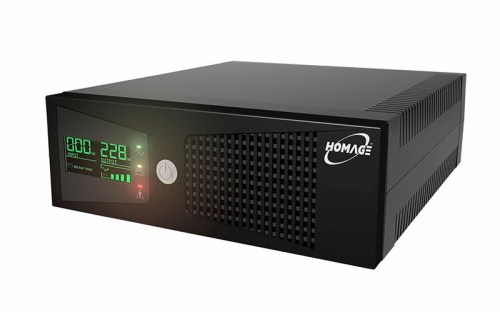

Most solar panels used in home solar arrays come with a warranty for some 25 or 30 years, which means that the solar panels are guaranteed for decades, unlike many of the other goods we buy. Please check our famous Ultimate Solar Calculator to pretty much have an accurate pricing of your Solar Photovoltaic System.Īlmost all panels are guaranteed for 25 or 30 years, and experience has shown they will last longer than that. Federal tax credits of 26% (based on costs net of local and state incentives) are available through 2021.

Anecdotal data from 2015 indicate the cost has continued to come down. The most recent authoritative report on prices stated that the median cost of installed systems in Texas in 2014 was $3.40 per installed watt, before any available incentives or tax credits. Typical payback periods, or the amount of time required to recover your cash outlay, range from 4 to 10 years. This will include the cost of all components – solar panels, panel mounts, inverter – and labor associated with installation. On average, the cost of solar installations ranges from $15k to $29k for a system sized between 4kW and 8kW (the average size of a residential solar system in the US is 5 kW). That being said, solar installations can involve a sizable upfront financial commitment. In recent years, the cost of solar power has dropped significantly (73% since 2006!), largely due to federal and state incentives. The cost of a solar installation depends on multiple factors: 1) how you plan to finance the installation-cash, loan, or lease 2) how much electricity you use 3) the size of the installation and 4) what incentives are available to you. See a short two-minute video created by the U.S. But with solar energy as your primary source of electricity during the day, you can reduce or completely eliminate your power bills! You can also benefit from significant rebate incentives by keeping your solar energy system tied to a utility grid. Most homes in the United States choose to stay on the grid, meaning you will continue to get power at night from a local utility company. AC power can then be used to power your home. These currents flow out of the solar panel and into an inverter, which converts the DC power into alternating current or “AC” power. Solar panels allow particles of light called photons to knock electrons free from atoms, which in turn generates a direct current (“DC” power) of electricity. The solar panels that are mounted on your building or roof are comprised of photovoltaic (PV) cells, which convert sunlight to electricity. That electric charge is converted to an alternating current (the current used in your home or business) by an inverter, either attached to each PV module or at the end of a series of modules. Electrons freed by the interaction of sunlight with semiconductor materials in the PV cells are captured in a direct electric current.

A Solar Photovoltaic (PV) system turns sunlight energy into direct electric energy.


 0 kommentar(er)
0 kommentar(er)
